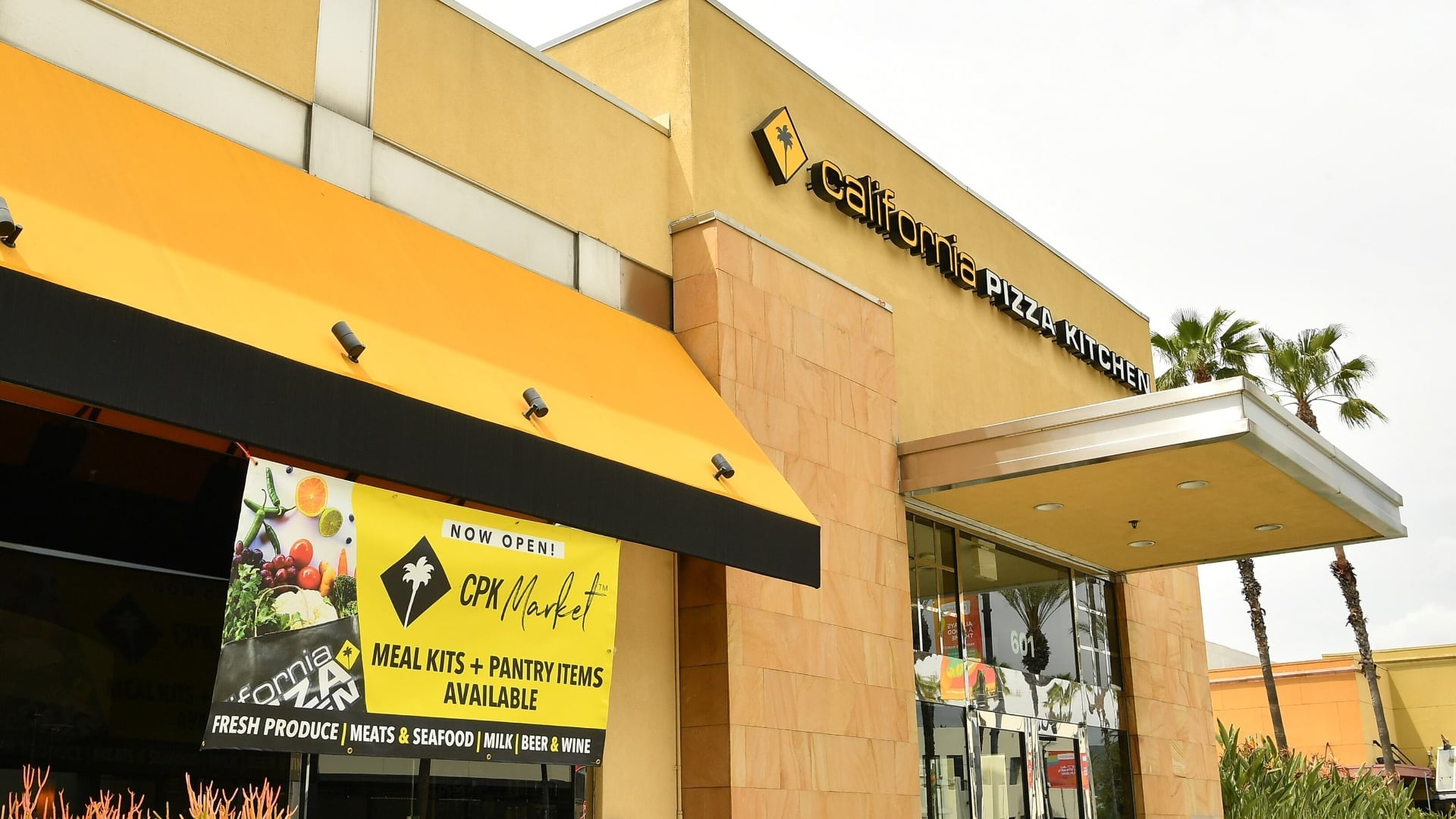More Americans are going to college than at any time in history. And more are graduating with a student debt burden that will follow them for years, making it more difficult to participate in the American economy: owning a home, starting a business, raising a family. Total student debt in the U.S. now tops $1.6 trillion — making it the second highest category of consumer debt, behind only mortgages.
It's no wonder addressing the student loan crisis has become one of the top issues of the 2020 presidential campaign. That's why Cheddar reached out to all 24 declared Democratic candidates and asked what they would do to address the debt burden if elected president.
While Cheddar asked for just one thing each candidate would do to tackle the crisis, every campaign that responded had a hard time whittling down just what they would do on day one. Their approaches vary from those who want to eliminate all loans to those who prioritize a public service loan forgiveness model; nearly every candidate has a plan to tackle the student-debt load. But, almost every campaign highlighted that the student loan crisis is a problem with multiple causes and multiple solutions.
Here's what each campaign had to say to Cheddar:
Two candidates referred Cheddar to their websites, where they lay out their loan forgiveness plans:
One campaign referred us to a previous media appearance:
While Cheddar did not receive a response from every campaign, a number of candidates spoke about student loans at the first debate in Miami:
*The campaigns of Amy Klobuchar, Bill de Blasio, Cory Booker, Jay Inslee, Michael Bennet, Pete Buttigieg, Tim Ryan, and Tulsi Gabbard all did not respond to comment for this piece.
Many U.S. consumers say they’ve noticed higher than usual prices for holiday gifts in recent months, according to a a December poll from The Associated Press-NORC Center for Public Affairs Research. A contributing factor is the unusually high import taxes the Trump administration put on foreign goods. While the worst-case consumer impact that many economists foresaw from the administration’s trade policies hasn’t materialized, some popular gift items have been affected more than others. Most toys and electronics sold in the U.S. come from China. So do most holiday decorations. Jewelry prices have risen due to the cost of gold.
Serbia’s prosecutor for organized crime has charged a government minister and three others with abuse of position and falsifying of documents related to a luxury real estate project linked to U.S. President Donald Trump’s son-in-law Jared Kushner. The charges came on Monday. The investigation centers on a controversy over a a bombed-out military complex in central Belgrade that was a protected cultural heritage zone but that is facing redevelopment as a luxury compound by a company linked to Kushner. The $500 million proposal to build a high-rise hotel, offices and shops at the site has met fierce opposition from experts at home and abroad. Selakovic and others allegedly illegally lifted the protection status for the site by falsifying documentation.
President Donald Trump has signed an executive order to block states from regulating artificial intelligence. He argues that heavy regulations could stifle the industry, especially given competition from China. Trump says the U.S. needs a unified approach to AI regulation to avoid complications from state-by-state rules. The order directs the administration to draw up a list of problematic regulations for the Attorney General to challenge. States with laws could lose access to broadband funding, according to the text of the order. Some states have already passed AI laws focusing on transparency and limiting data collection.
The New York Times and President Donald Trump are fighting again. The news outlet said Wednesday it won't be deterred by Trump's “false and inflammatory language” from writing about the 79-year-old president's health. The Times has done a handful of stories on that topic recently, including an opinion column that said Trump is “starting to give President Joe Biden vibes.” In a Truth Social post, Trump said it might be treasonous for outlets like the Times to do “FAKE” reports about his health and "we should do something about it.” The Republican president already has a pending lawsuit against the newspaper for its past reports on his finances.
President Donald Trump says he will allow Nvidia to sell its H200 computer chip used in the development of artificial intelligence to “approved customers” in China. Trump said Monday on his social media site that he had informed China’s leader Xi Jinping and “President Xi responded positively!” There had been concerns about allowing advanced computer chips into China as it could help them to compete against the U.S. in building out AI capabilities. But there has also been a desire to develop the AI ecosystem with American companies such as chipmaker Nvidia.
House Republicans in key battleground districts are working to contain the political fallout expected when thousands of their constituents face higher bills for health insurance coverage obtained through the Affordable Care Act. For a critical sliver of the GOP majority, the impending expiration of the enhanced premium tax credits after Dec. 31 could be a major political liability as they potentially face midterm headwinds in a 2026 election critical to President Donald Trump’s agenda. For Democrats, the party’s strategy for capturing the House majority revolves around pinning higher bills for groceries, health insurance and utilities on Republicans.









